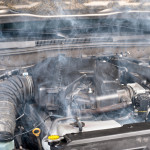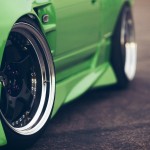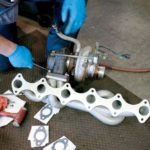When you’re buying a used car, things aren’t always as good as they seem. And you have to be careful.
It’s always a good idea to hire a mechanic to inspect the car before you make an offer. This pre-purchase inspection will vary depending on the mechanic. But it should always cover the following 7 trouble spots.
Check out our guide to know exactly what your mechanic needs to check, and why.
CAR BODY, DENTS & RUST

No car is free of come minor imperfections. This is normal, and will happen during the lifespan of any vehicle.
That’s why your mechanic will be very focused on the car’s panels. They need to be properly aligned. And if they’re not, it’s probably because of a cheap repair or a prior accident. If the vehicle’s paint looks different on one or more components, it could mean the same thing.
But the number one problem on the outside of any car is rust. Your mechanic needs to check for paint bulges or blisters on the car body, underbody and on its frame.
Does the car look too good to be true? It probably is.
A brand new, shiny paint job could be an attempt to hide rust or other symptoms of a stinkin’ lemon.
SUSPENSION & TIRES

A quick check of the car’s suspension and tires is a must.
To get a feel for the state of the shocks, your mechanic will push down on each of the car’s corners. What you’re looking for is a single bounce, after which the car should return to its normal position.
If this isn’t what happens, the car’s shocks need to be replaced.
And if you’re not planning to change the tires, make sure they’re not leaking air. Don’t forget to check out the spare as well.
if you notice any uneven tire wear, you can be sure that the car has problems with its alignment.
A short test drive should resolve any other suspicions you may have about the suspension.
LIGHTS
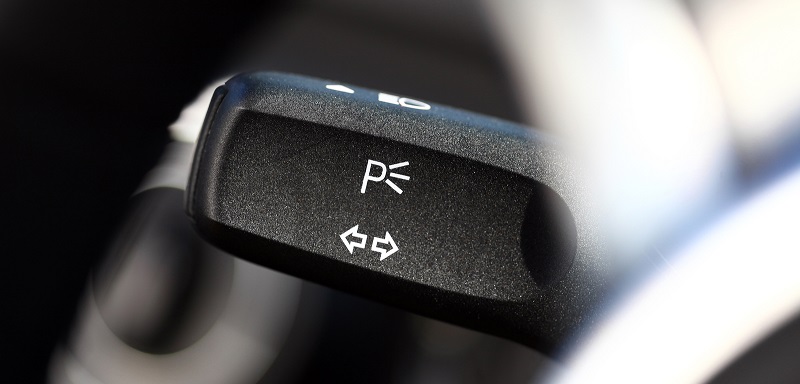
The lights should not be faded. The lenses should not be broken.
Ask your mechanic to confirm that the light bulbs used on the car are the same... because if they’re different… it can cause electrical problems and overheating.
If you noticed that the lights are flickering or dimmed, the car’s overall electrical health is not up to grade.
And make sure you check all lights, including the brake lights, headlights, highbeam lights, turn signals, and even the interior lights!
The headlight assemblies should be the factory originals. If they’re replaced, it’s probably because of a crash.
GAUGES & HVAC
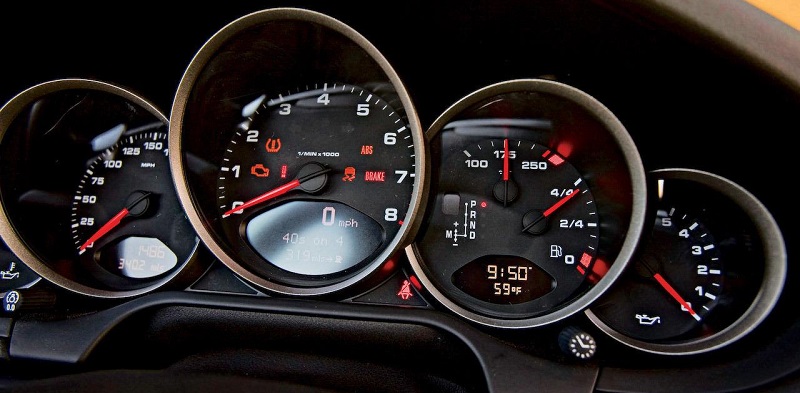
Check the instrument cluster. Do you see any illuminated warning lights? If yes – think again about purchasing this vehicle.
The odometer, speedometer and tach need to be working properly and reporting correctly. Otherwise you’re looking at very expensive repairs.
If the vehicle has AC, make sure it works well. Your mechanic will be able to confirm with certainty that cold air is coming through the vents, and that the fan is operational at all speeds.
The air conditioning compressor shouldn’t be too noisy.
And don’t forget the heater – perform the same checks to make sure everything works the way it should be.
RADIATOR & HOSES

Open up the hood, and start your inspection with the radiator.
Is the coolant low? If it is, or looks rusty, you can assume that the previous owner has been neglectful.
Your mechanic will check the radiator fins – they shouldn’t be flimsy or crumbly.
The water hoses also need to be inspected. And depending on the outcome, you may need to replace them.
THE ENGINE
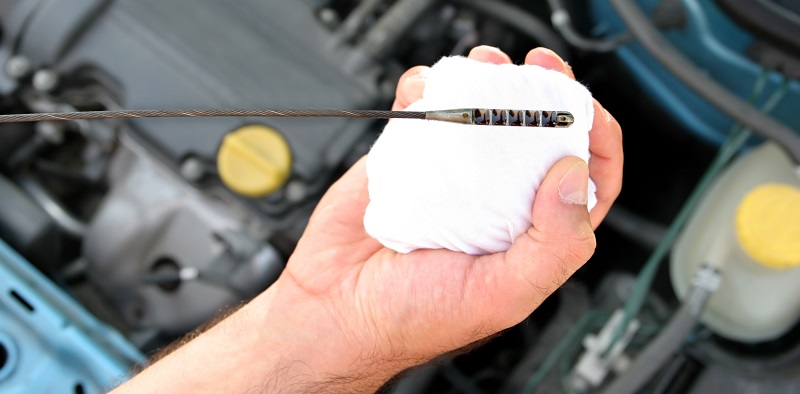
Look under the car to make sure there’s no oil leaking to the ground. And make sure that the oil levels are correct using a dipstick.
Inspect the oil on the dipstick. If it looks milky, darker coloured, or smells bad, you can assume that either it’s not being changed as often as it should be, or the engine has serious problems.
When you fire up the engine, it should idle smoothly. While it’s warming up, you should not be hearing rattling or knocking sounds.
But if you are hearing them, be warned. This is a signal for problems with the sensors, or with the engine itself. And these problems are probably caused by neglect, using the wrong fuel, or plain engine abuse.
The quality of your vehicle's exhaust fumes can also tell you a lot about the condition of your engine. Blue, grey, black or white exhaust fumes signal very different problems on a gas or diesel engine.
So take a step behind the car and observe.
Your mechanic should also perform a compression test by inserting a small tool into the space where your spark plug would go. This test will tell you if the pressure in the cylinder is as it should be.
And if it’s not… forget about this car. Just.. walk away.
BRAKES & TRANSMISSION
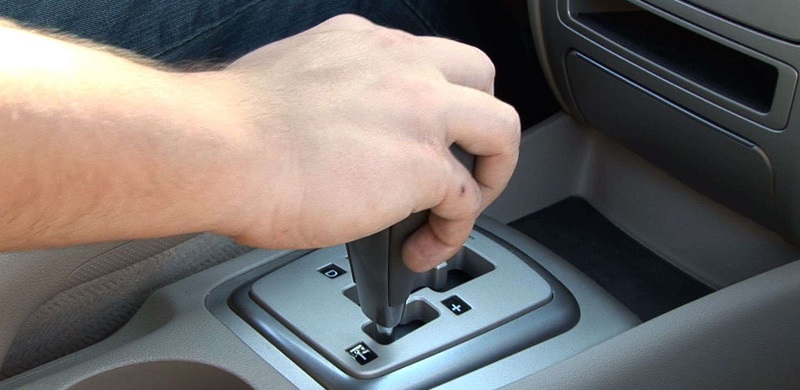
Your primary concern in any car should be your safety and the safety of your passengers.
That’s why you need a safe car. So check all of the brakes.
Does the hand brake hold the car when it’s parked on a hill?
Your mechanic should perform a brake test on a safe and straight road. The brakes should have a solid feel and keep the car in a straight line as it’s slowing down.
You shouldn’t hear any squealing or grinding noises.
And while your test driving the car, get a feel for the transmission. Is it shifting smoothly?
There shouldn’t be any delays when selecting a gear. And if the car is a manual, you shouldn’t hear any crunching or grinding sounds when going into a new gear.
If you do find problems you weren’t aware of, at least you have the option to seriously knock down the asking price. And if that’s not an option, you can always look elsewhere.
But if everything checks out, make sure that the car has a clear history in its paperwork before making the purchase.
Have you had any bad experiences when buying a used car? Let us know in the comments below!





